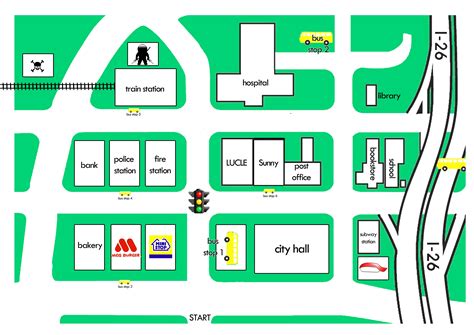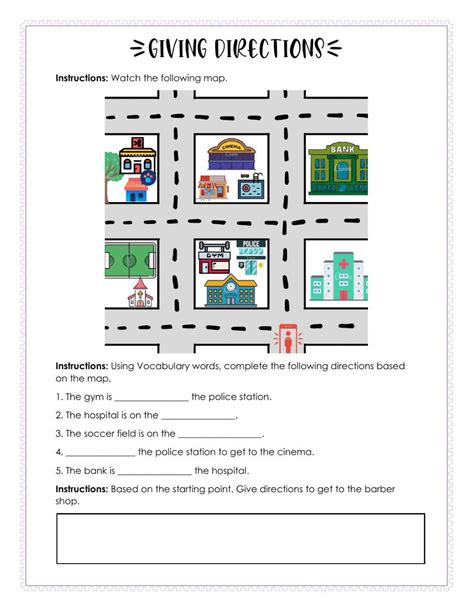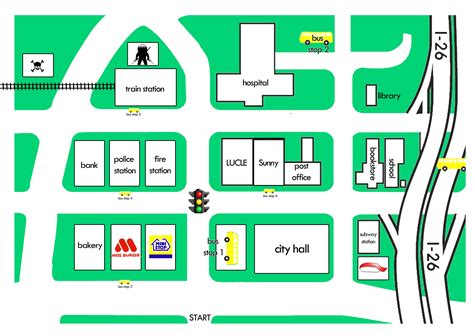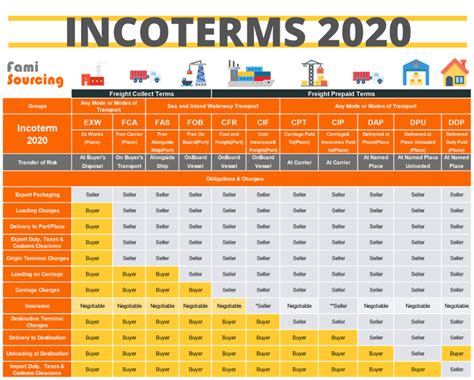Free Directions Maps

The world of navigation and mapping has witnessed a remarkable evolution with the advent of digital technologies. One of the most prominent players in this field is Google Maps, a comprehensive mapping platform that has revolutionized the way we explore and navigate our surroundings. While Google Maps offers a plethora of features, an often-overlooked aspect is its ability to provide free directions and maps to users worldwide. In this article, we delve into the intricacies of Google Maps' free direction and mapping services, exploring their features, accuracy, and impact on modern navigation.
Understanding Google Maps’ Free Direction Service

Google Maps’ free direction service is an integral part of its mapping platform, offering users a seamless and intuitive way to navigate from point A to point B. The service is accessible to anyone with an internet connection, making it a widely available tool for travelers, commuters, and curious explorers alike. Let’s break down the key features and benefits of this service.
Real-Time Navigation
One of the standout features of Google Maps’ free direction service is its real-time navigation capabilities. When planning a route, users can opt for turn-by-turn navigation, where the app provides audible and visual instructions as they drive or walk. This feature is particularly useful for those exploring unfamiliar territories, as it ensures they stay on course and reach their destination without getting lost.
The real-time aspect is further enhanced by Google Maps' integration with live traffic data. The app uses this data to calculate the fastest route, taking into account current traffic conditions. This dynamic routing ensures that users are guided along the most efficient path, avoiding potential delays and congestion.
| Navigation Mode | Description |
|---|---|
| Driving | Detailed directions for car drivers, including live traffic updates. |
| Walking | Pedestrian-friendly routes with step-by-step instructions. |
| Cycling | Optimal routes for cyclists, considering bike paths and traffic. |
| Public Transport | Comprehensive public transit information, including bus, train, and subway routes. |

Detailed Route Information
Google Maps goes beyond providing basic directions; it offers a wealth of information to enhance the user’s journey. When planning a route, users can access detailed information such as estimated travel time, distance, and even a street-level view of their destination. This level of detail empowers users to make informed decisions, especially when comparing multiple routes.
Additionally, Google Maps provides users with insights into the expected traffic conditions along their route. This feature is particularly valuable for commuters who need to plan their journeys during peak hours. By understanding potential delays, users can adjust their departure times or choose alternative routes to avoid congestion.
Multiple Transportation Options
Google Maps’ free direction service caters to a wide range of transportation modes. Whether you’re driving, walking, cycling, or using public transport, the app offers tailored directions to suit your needs. This versatility is a significant advantage, as it accommodates different user preferences and circumstances.
For instance, cyclists can benefit from route suggestions that prioritize bike paths and avoid busy roads. Similarly, public transport users can access real-time transit information, including bus and train schedules, helping them plan their journeys efficiently.
Accuracy and Reliability

The accuracy of navigation apps is a critical aspect that determines their effectiveness. Google Maps has consistently demonstrated high accuracy in its mapping and direction services, thanks to its extensive data collection and advanced algorithms.
Map Data and Updates
Google Maps relies on a vast database of map data, which is continuously updated to ensure accuracy. The company employs a combination of satellite imagery, street view cars, and user-submitted data to keep its maps up-to-date. This dedication to accuracy ensures that users are provided with the most recent and reliable information.
Regular map updates are crucial, especially in dynamic environments where road conditions, construction, and other factors can change rapidly. Google Maps' commitment to keeping its maps current is a significant factor in its success and user satisfaction.
User Contributions and Reviews
Google Maps encourages user contributions, allowing individuals to report issues, suggest map edits, and provide reviews. This crowdsourcing approach not only enhances the accuracy of the maps but also provides valuable insights into local businesses, attractions, and points of interest. User reviews and ratings are particularly helpful for travelers seeking recommendations and feedback on various locations.
By leveraging user contributions, Google Maps creates a more personalized and reliable navigation experience. The app's ability to integrate user feedback into its mapping data ensures that it remains a trusted source for accurate and up-to-date information.
Impact on Modern Navigation
The introduction of free direction services like Google Maps has had a profound impact on how we navigate and explore our world. Its accessibility and ease of use have democratized navigation, making it a ubiquitous tool for people of all ages and backgrounds.
Convenience and Accessibility
Google Maps’ free direction service has made navigation more accessible than ever. With just a few taps on a smartphone, users can access detailed directions and real-time updates, eliminating the need for physical maps or complex route planning. This convenience has transformed the way we travel, both locally and internationally.
The app's accessibility is particularly beneficial for individuals with visual impairments, as it offers audible turn-by-turn instructions and alternative routes. This inclusive approach ensures that everyone can benefit from the advantages of modern navigation technology.
Exploring New Destinations
Google Maps has become an indispensable tool for travelers and adventurers. Its detailed mapping and direction services enable users to confidently explore new destinations, whether it’s a nearby city or a remote location on the other side of the globe. The app’s ability to provide accurate directions, coupled with user-generated content, makes it an invaluable companion for those seeking unique experiences.
Additionally, Google Maps' integration with other Google services, such as Google Street View and Google Earth, provides users with a comprehensive view of their destinations. This immersive experience allows travelers to virtually explore their desired locations before embarking on their journeys.
Environmental and Sustainability Considerations
Google Maps’ free direction service also plays a role in promoting environmental sustainability. By offering efficient routing and real-time traffic updates, the app encourages users to choose the most eco-friendly transportation options. For instance, cyclists and pedestrians can benefit from dedicated route suggestions, promoting active and environmentally friendly modes of travel.
Furthermore, Google Maps' integration with public transport information helps users make informed choices about their travel methods. By providing accurate transit schedules and routes, the app encourages the use of public transportation, which can reduce individual carbon footprints and contribute to a more sustainable future.
Conclusion
Google Maps’ free direction and mapping services have revolutionized the way we navigate and explore our world. With its real-time navigation, detailed route information, and multiple transportation options, the app has become an indispensable tool for travelers, commuters, and curious explorers alike. Its accuracy, reliability, and continuous updates ensure that users can trust the information provided.
As we continue to embrace digital technologies, Google Maps' free direction service will likely remain a cornerstone of modern navigation. Its impact on convenience, accessibility, and environmental sustainability cannot be overstated, making it a crucial component of our digital lives. So, the next time you plan a journey, remember that Google Maps is your trusted companion, ready to guide you every step of the way.
How accurate is Google Maps’ real-time traffic data?
+
Google Maps’ real-time traffic data is highly accurate and is updated continuously. The app utilizes various sources, including GPS data from other users, to provide up-to-date traffic information. This ensures that users receive the most reliable and current traffic conditions along their routes.
Can Google Maps provide directions for off-road or rural areas?
+
While Google Maps is primarily designed for urban and well-traveled areas, it does offer some support for off-road and rural navigation. The app uses a combination of satellite imagery and user-submitted data to provide directions for less populated regions. However, coverage may vary, and it’s recommended to verify routes before embarking on off-road adventures.
How often are Google Maps’ maps updated?
+
Google Maps’ maps are updated regularly, with the frequency depending on the location and the availability of new data. In general, high-traffic areas and major cities see more frequent updates, while rural areas may have less frequent updates. The company aims to keep its maps as current as possible to provide users with accurate and reliable information.



